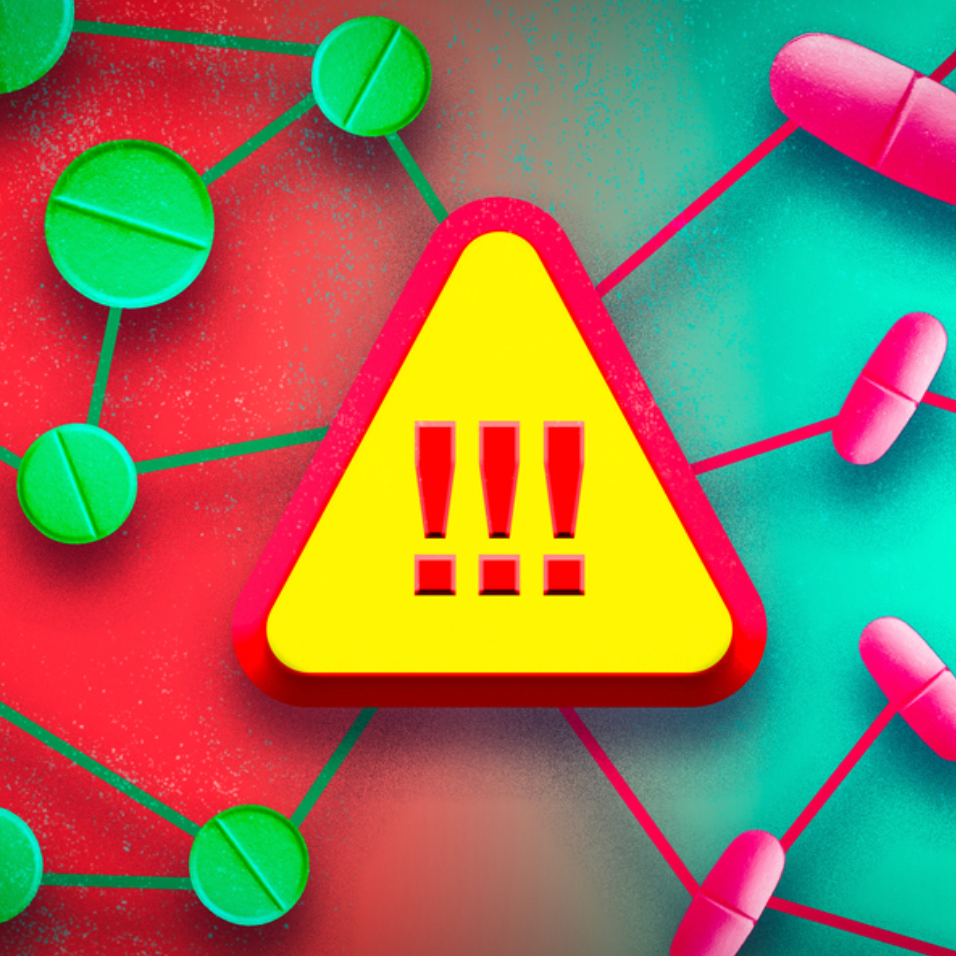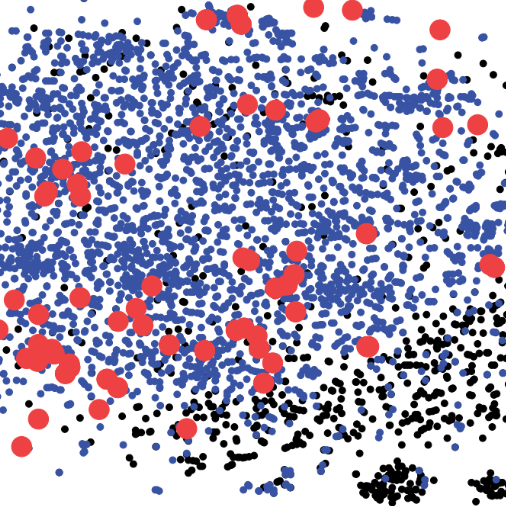Machine-learning algorithm tracks dementia-related protein clumping in real time
May. 22, 2024.
2 min. read
1 Interactions
Potential for developing new drugs; open-access code on Github
RELATED NEWS
More than 55 million people around the world live with dementia-related disorders such as Alzheimer’s and Parkinson’s and other neurodegenerative disorders.
Now chemists at the University of Copenhagen have developed a machine-learning algorithm that they say could lead to developing new drugs and therapies to combat these diseases, which are caused by proteins clumping together and destroying vital functions.
The algorithm can track clumping under a microscope in real-time, automatically mapping and tracking the important characteristics of the clumped-up proteins that cause neurodegenerative disorders.
The research has just been published in the journal Nature Communications.
Detecting and tracking microscopic proteins in real time
The algorithm can spot protein clumps down to a billionth of a meter in microscopy images in real time. Their exact shape can vary depending on the disorder they trigger.
“Our new tool can let us see how these clumps are affected by whatever compounds we add. In this way, the model can help us work towards understanding how to potentially stop or transform them into less dangerous or more stable clumps,” explains Jacob Kæstel-Hansen from the Department of Chemistry, who co-led the research team behind the algorithm, in a press release.
“In the future, the algorithm will make it much easier to learn more about why clumps form so that we can develop new drugs and therapies to combat these disorders.”
New drugs
The researchers also see potential in using the tool to develop new drugs once the microscopic building blocks have been clearly identified. They hope that their work will kickstart the gathering of more comprehensive knowledge about the shapes and functions of proteins and molecules.
The team is also using the tool to conduct experiments with insulin molecules. As insulin molecules clump, their ability to regulate blood sugar weakens.
“As other researchers around the world begin to deploy the tool, it will help create a large library of molecule and protein structures related to various disorders and biology in general. This will allow us to better understand diseases and try to stop them,” concludes Nikos Hatzakis from the Department of Chemistry.
Written in python, the algorithm is freely available on Github.
Citation: Bender, S.W.B., Dreisler, M.W., Zhang, M. et al. SEMORE: SEgmentation and MORphological fingErprinting by machine learning automates super-resolution data analysis. Nat Commun 15, 1763 (2024). https://doi.org/10.1038/s41467-024-46106-0 (open access)
Let us know your thoughts! Sign up for a Mindplex account now, join our Telegram, or follow us on Twitter.

.png)

.png)


.png)





0 Comments
0 thoughts on “Machine-learning algorithm tracks dementia-related protein clumping in real time”